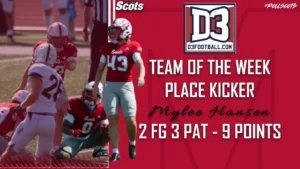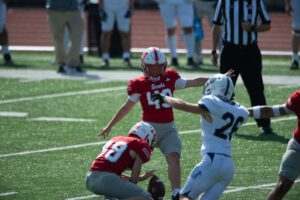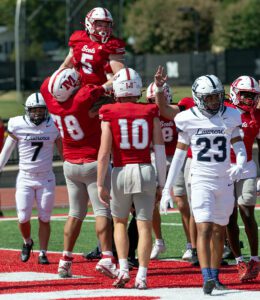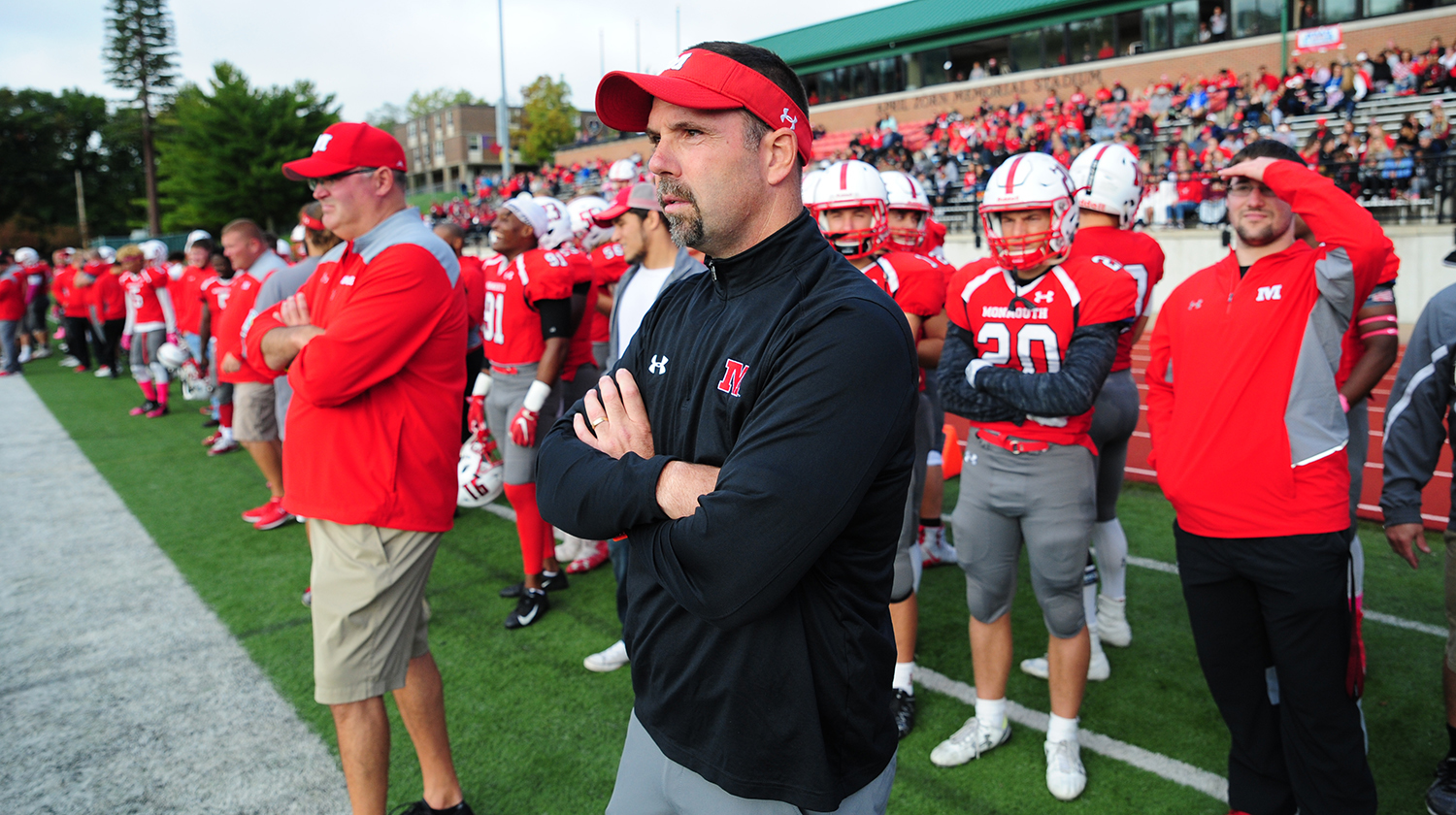Experts say young athletes devoting to one sport year-round can suffer overuse injuries and burnout
James Murphy, MD, recalls a patient who was being recruited by the mighty University of Michigan football team.
“The coach actually called him to tell him ‘I want you to play baseball’,” says Dr. Murphy, an orthopedic surgeon at OSF HealthCare.
But Dr. Murphy also points out that the offseason regimen for some Major League Baseball players is to not even pick up a ball. And in a recent National Football League draft, Dr. Murphy says most of the first-round picks were multi-sport athletes in high school.
These are exhibits A, B and C of what sports medicine experts are reminding young athletes: you may think you need to commit to one sport year-round to rise to an elite level and earn a chance to play in college. But doing so can have drawbacks. Instead, experts say playing multiple sports with a tailored training plan can make you a more well-rounded athlete.
One sport year-round
Dr. Murphy says devoting too much energy to one sport and the repeated motions that come with it can lead to overuse injuries. In baseball players, he commonly sees elbow injuries like a tear in the ulnar collateral ligament (the UCL for short, or often called the Tommy John ligament, named for the baseball player who famously had the injury). Dr. Murphy also sees lower body injuries like shin splints, stress fractures and tears in the medial collateral ligament (MCL).
Grinding at one sport year-round can also leave a young athlete mentally fatigued. Days of morning strength training followed by school and an afternoon game will wear out even the best.
“If all you know is one sport all year long, it becomes almost like a job,” Dr. Murphy says.
“We have to remember that these are kids. They’re doing this for fun and for memories. For the vast majority, this will be their pinnacle,” he adds.
Multiple sports
Dr. Murphy says benefits of playing multiple sports include building endurance, balance and a range of movement.
For example, a child could run cross country in the fall before playing baseball in the spring.
“You’re strengthening the legs. You’re resting the ligaments in the shoulder and elbow,” Dr. Murphy says of that sport combination. “You’re also allowing the child to stay competitive, learn endurance, learn teamwork and hear from another coach.”
Or, maybe the runner isn’t interested in a spring sport but wants to stay in shape. Cross-training, where you do drills outside of your sport, can accomplish this. Runners can swim or ride a bike.
“It keeps the endurance up but doesn’t pound on those bones and joints excessively,” Dr. Murphy says.
Bottom line advice
While Dr. Murphy lays out a few roadmaps for a high school athlete, he stresses that decisions should be tailored to each child. Some students could play a sport in the fall, winter and spring (volleyball, basketball and softball, for example). Others may wait until the spring and double up, running track and playing baseball.
“If you love two sports, find a way to play two sports. If you love three sports, find a way to play three sports,” Dr. Murphy suggests. “If you love only one sport, maybe try to find an offseason sport that would help you with that one sport.
“And who knows? Your secondary sport may become your primary sport. That might be your ticket to future play,” Dr. Murphy adds.
Other advice: no matter the sport, have a training plan laid out by a trusted adult like a coach or trainer. Don’t rush into that plan and, for example, try for a heavy bench press on week one. Ease into it.
If you hurt, tell an adult so you can get treated. Don’t play through the pain out of fear of losing playing time. If you let an injury linger, it may progress to needing surgery, which is not anyone’s preference and will put you on the sidelines longer.
For coaches and parents, encourage kids to look into other sports. And look for signs of physical and mental burnout.
“In their personality or performance, you can tell they’re not giving their all. You’ve seen them compete. They’re a certain type of athlete, then all the sudden they’re different,” Dr. Murphy says. “You might say ‘Is this getting to be too much for you? Would you like to take a little bit of time away?”
***Courtesy of OSF HealthCare***
















